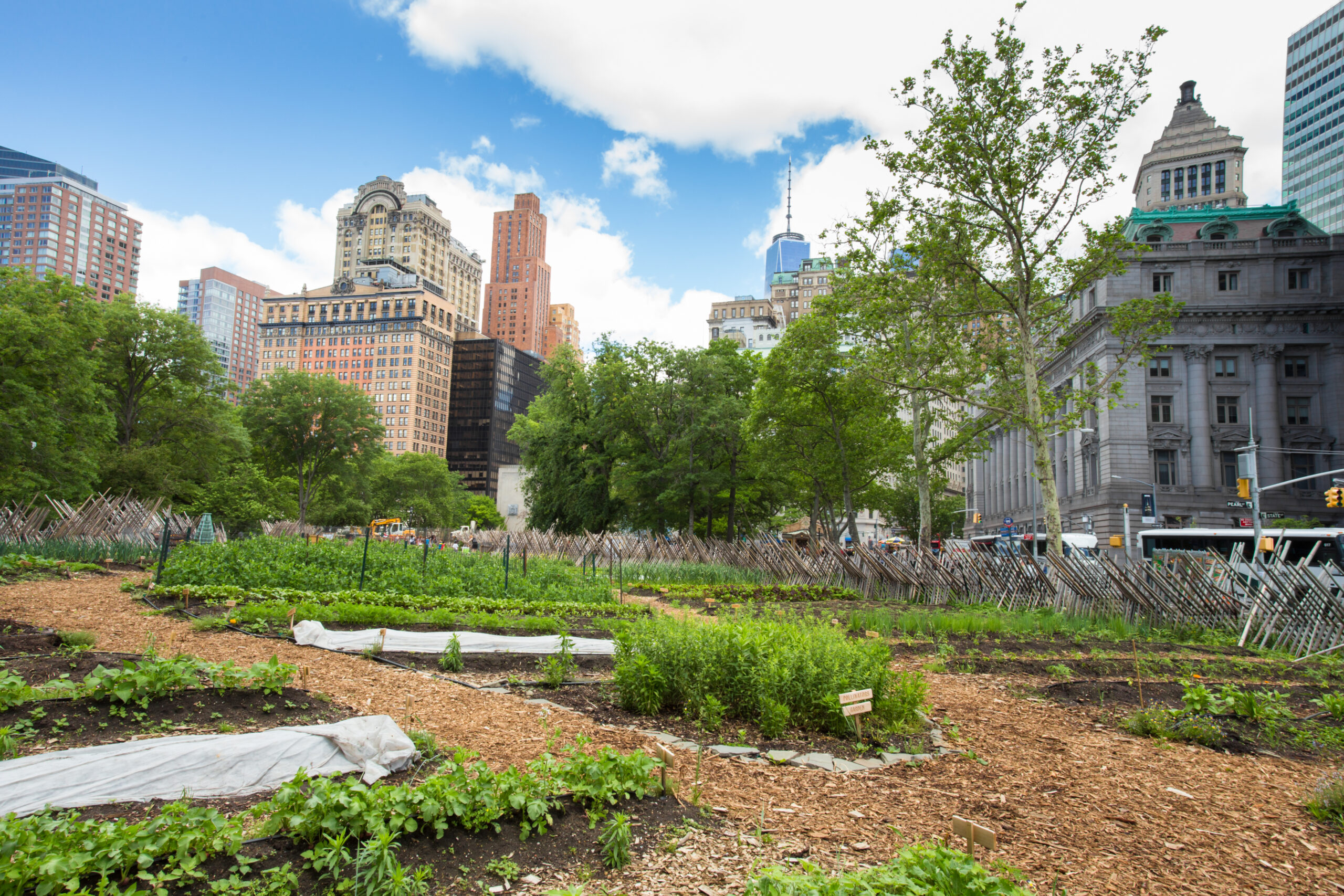What Does City Blooming Mean?
What Does City Blooming Mean?
Blog Article
The 5-Second Trick For City Blooming
Table of ContentsCity Blooming Things To Know Before You BuyThe 20-Second Trick For City BloomingSome Ideas on City Blooming You Should KnowCity Blooming Can Be Fun For AnyoneThe Main Principles Of City Blooming
Intrigued in expanding food available in the City of Chicago? Considering beginning an area yard? Changes to the Chicago Zoning Regulation permit agricultural usages like neighborhood gardens and city ranches in lots of components of the city. Below is a checklist of frequently asked questions concerning the policies and policies that growers ought to take into consideration when intending a city agriculture job.
The zoning amendment does not modify any type of various other codes managing composting, building authorizations, buying or renting City owned residential property, business licenses or environmental contamination. There are existing codes that manage these concerns and they remain in full result and might be relevant to your job. Area yards are usually owned or handled by public entities, civic organizations or community-based companies and kept by volunteers.
Urban ranches expand food that is planned to be offered, either on a nonprofit or for-profit basis. Because of their business purpose, metropolitan ranches require a company license. Yes. A community yard is enabled to offer surplus generate that was grown on site if the sales are accessory or subservient to the yard's key objective described over.
Get This Report about City Blooming
Composting is allowed yet just for plant material that is generated and utilized on site. The quantity of compost material can not exceed 25 cubic backyards at any kind of provided time according to the requirements in 7-28-715 of the City's Municipal Code. Yes. Since the dirt at a lot of new garden sites requires amending, compost, soil, wood chips, or other materials can be gotten to create or enhance the growing space - fruit and vegtables.

If a building authorization is needed then the hoophouse will certainly be taken into consideration an accessory structure. You can learn even more regarding the building permit requirements by calling the Division of Buildings. The 25,000-square-foot dimension limit is intended to stop a single area garden from controling a given block or taking away from the block's existing property or commercial personality.
The limit does not put on gardens situated in Public Open Room (POS) areas. Can there be greater than one community yard that is 25,000 square feet on a single block? Yes. The dimension limit puts on specific yards, not to private blocks. No. Fencing is not needed, nonetheless, gardens that have big parking lot might be called for to install fence or various other landscaping attributes.
Some Known Facts About City Blooming.
B1 & B2 districts require that all commercial use activities be performed inside your home. R areas restrict industrial task. The regulations reflect the objective and intent of the Zoning Code. Is fencing needed for city farms? Yes. Fences might be needed, along with landscape design and testing, for specific parking locations and outside job or storage space locations depending on location and the certain activity happening.
Urban farms need structure authorizations and zoning authorizations prior to construction (City gardening). Other forms of city testimonial may be needed depending on details structures, tasks, dimension, landscape design, licensing, public health and stormwater administration issues.
Yes. The type of permit is identified by what is taking place at the site. The Department of Business Matters and Consumer Protection can help determine the specific kind of business permit that's called for. Yes. Off street parking is needed for the majority of business tasks in Chicago. The needed variety of garage is based on the variety of workers servicing website and not the square video of the expanding room.
How City Blooming can Save You Time, Stress, and Money.

Yes. A city ranch can sell compost material produced on website, however, the operation has to abide by the laws in 7-28-715 of the Chicago Municipal Code. Yes. Aquaponic systems are allowed inside your home on urban farms in many zoning districts. Nevertheless, a zoning testimonial and structure permit is required in order to install structures or systems and an organization certificate is called for as described above.
Approximately 5 hives or swarms of honey bees may be kept as an accessory usage. Nevertheless, beekeepers need to sign up with the Illinois Department of Agriculture. To find out more concerning the recommended zoning modification you might get in touch with the Division of Real Estate and Economic Development, Bureau of Preparation and Zoning at 312.744.8563.
Farming in cities and metropolitan areas An urban ranch in Chicago. Urban agriculture refers to different techniques of cultivating. https://cityblooming3.wordpress.com/2024/06/27/city-gardening-cultivating-green-spaces-in-urban-jungles/, processing, and distributing food in metropolitan locations. The term additionally relates to the location activities of animal husbandry, aquaculture, beekeeping, and horticulture in a metropolitan context. Urban agriculture is differentiated from peri-urban agriculture, which takes location in rural areas at the side of suburbs.
Things about City Blooming
It can entail a motion of organic farmers, "foodies" and "locavores", that seek to create socials media based on a common principles of nature and neighborhood holism. These networks can establish using official institutional review support, coming to be incorporated into neighborhood town preparation as a "transition community" motion for lasting urban development.
The more straight accessibility to fresh veggie, fruit, and meat items that may be understood with metropolitan farming can enhance food security and food safety while reducing food miles, leading to lower greenhouse gas exhausts, thus contributing to climate change mitigation. Some of the very first proof of city farming comes from Mesopotamia.
Report this page